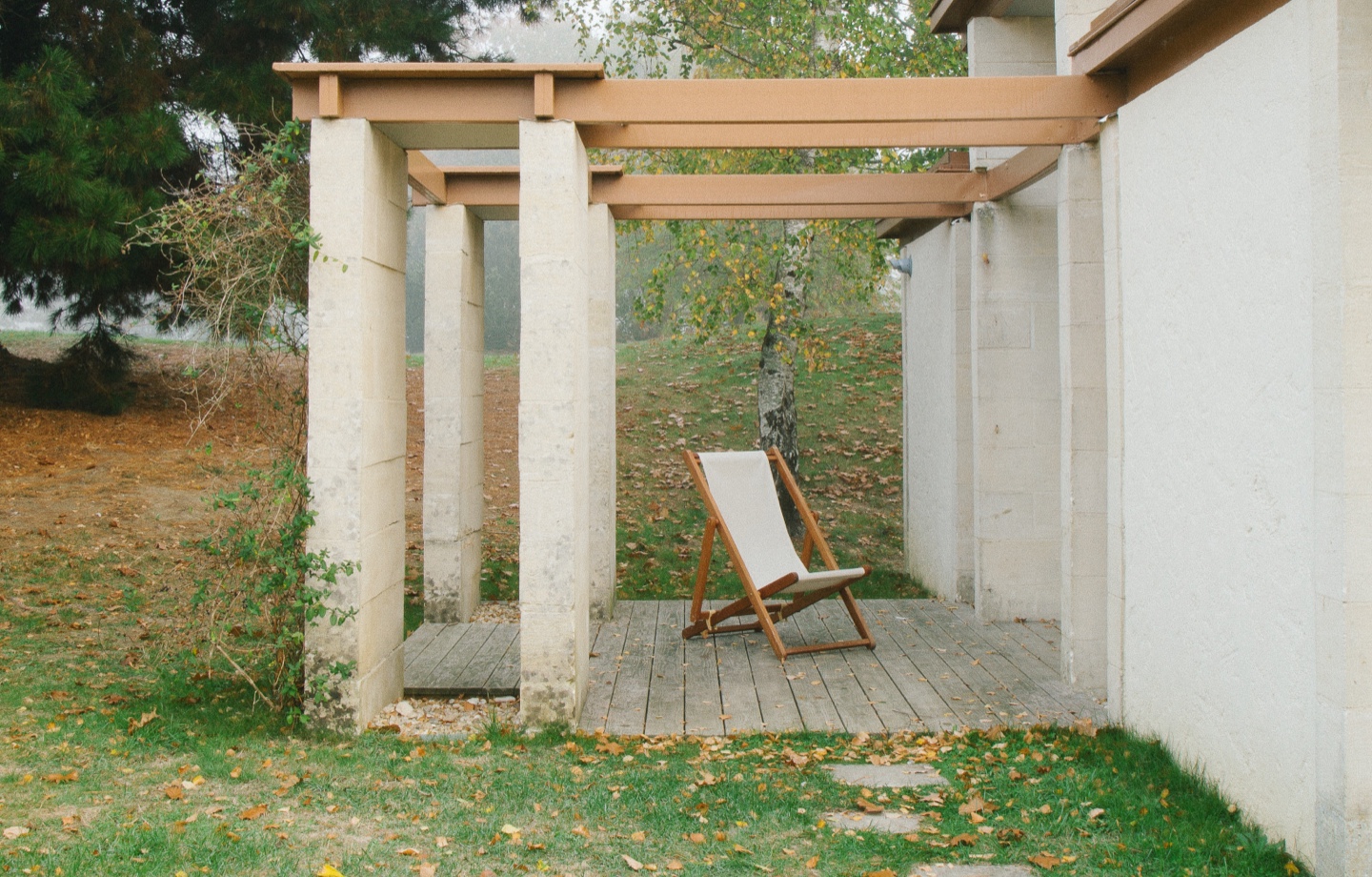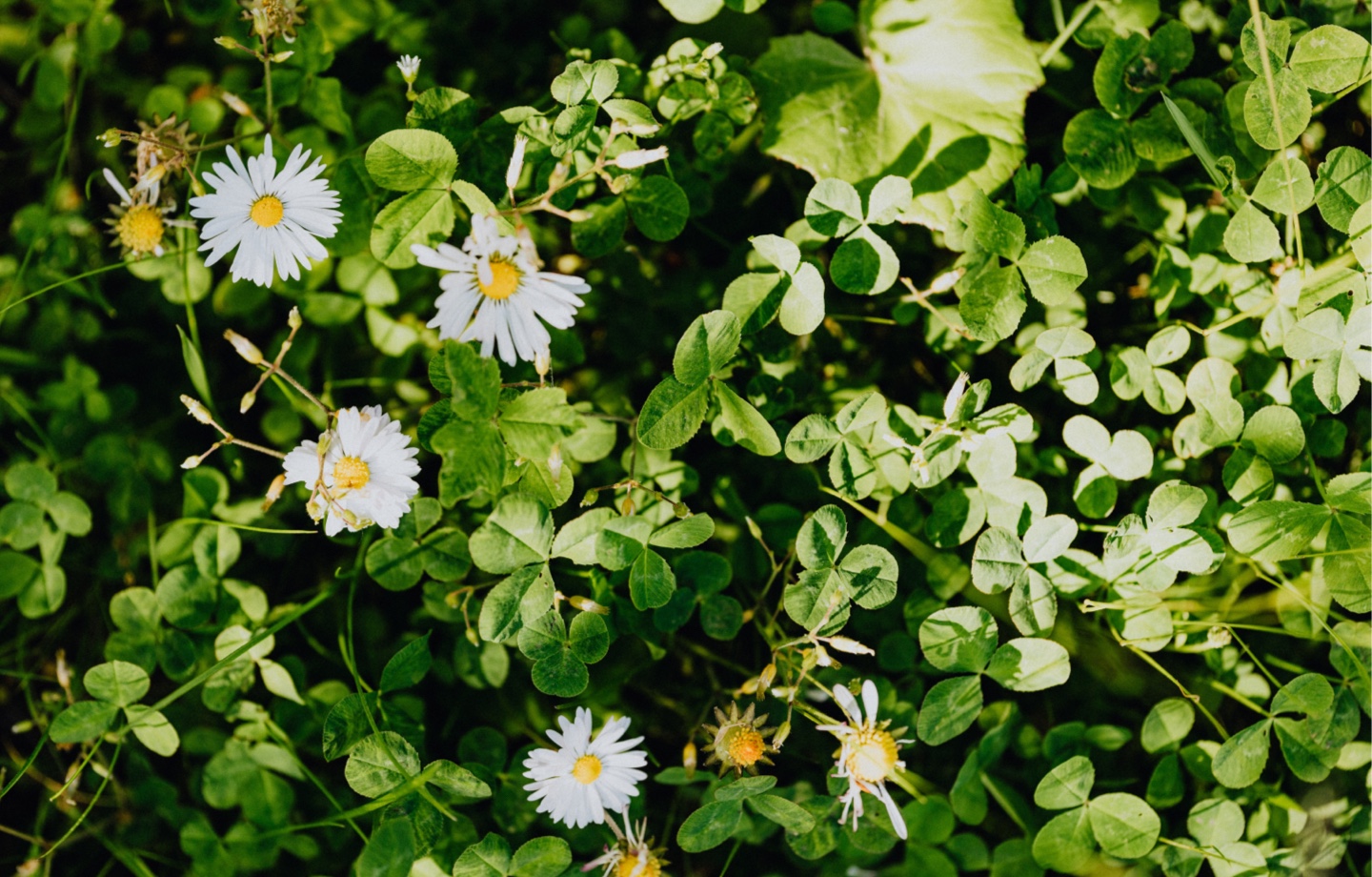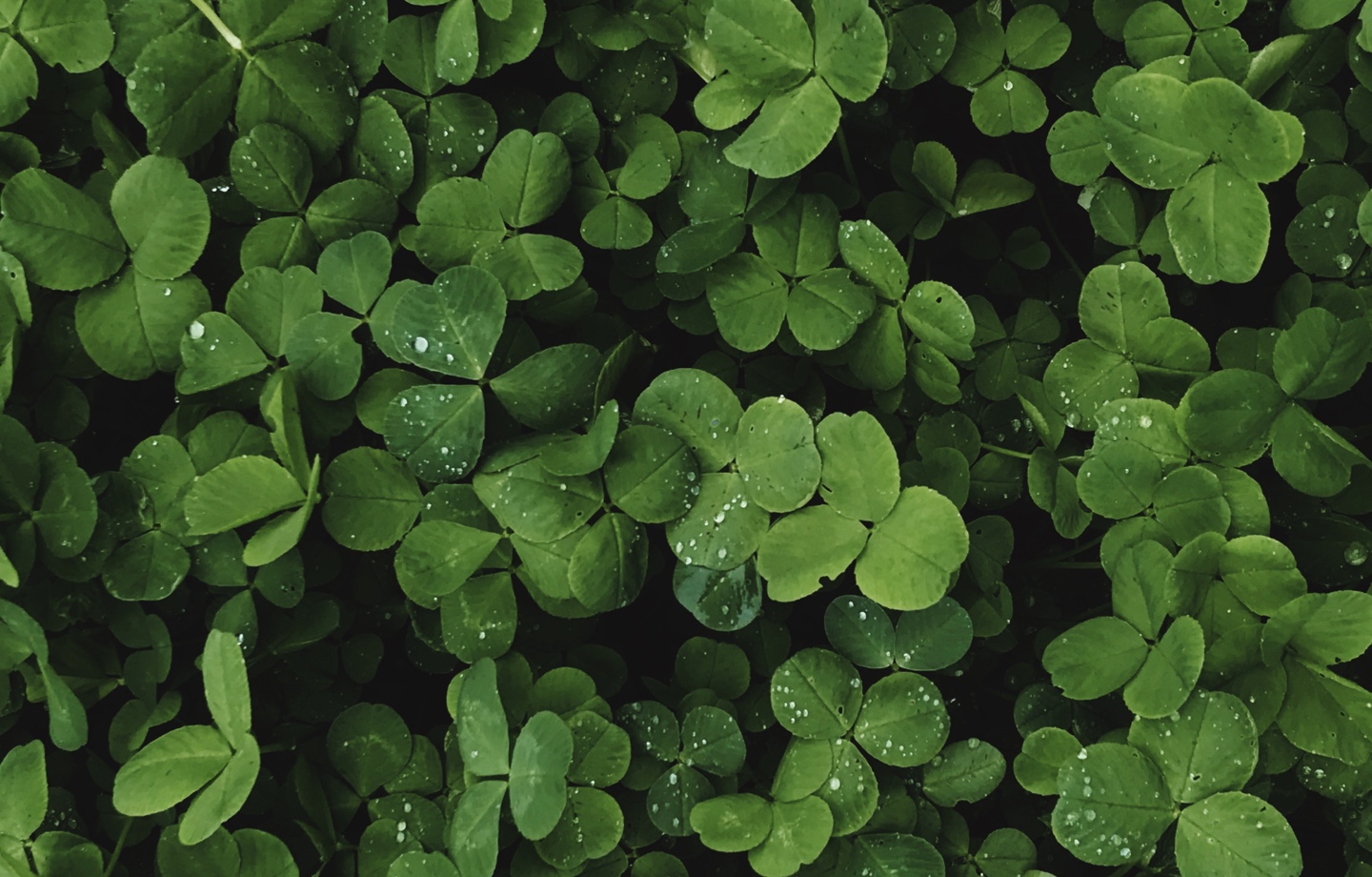Want to finally grow a vibrant green lawn that’s actually sustainable? Put away the grass seed.
My yard has seen better days. Now that the weather is warming up and the sun is abundant, weeds are showing their ugly faces, the patches of grass I do have are making the bald spots even more pronounced, and the dirt mound left behind from the rusty playset I removed last fall is still well… a dirt mound.
This year, I’m turning things around. I’m laser-focused on cultivating an idyllic, make-my-neighbors-jealous lawn. But as fate would have it, I found out that grass isn’t necessarily the way to achieve my desired aesthetic.
The key to a lush green yard is planting a clover lawn.
Prior to the 1950s, clover was actually a common component of most lawn seed mixtures because of its ability to remove nitrogen from the air, improve soil quality, and promote turfgrass growth. Then broadleaf herbicides came along. Chemical companies behind weed killer swiftly convinced the public that anything other than grass was a weed and didn’t belong in their yard. The use of clover in lawns faded from practice.

Read more: The Superweeds Are Winning
But now, the small but mighty legume (yes, you read that right) is making a comeback — and for good reason.
Here’s why you should plant a clover lawn.
Suppresses weeds. The dense root structure of clover makes it difficult for weeds to find room to grow, so keeping an eye out for those pesky plants will be a thing of the past.
Doesn’t require fertilizer. Clover is a natural nitrogen sink, so it doesn’t need chemical fertilizers and herbicides that could harm you, your family, or your pets.
Grows in poor soil. Even if you don’t think your soil is up to snuff, chances are very good that clover won’t care — it can thrive practically anywhere. In fact, it’ll improve your soil quality each year.
Drought-tolerant: Sweltering summer days no longer mean the death of your perfectly manicured lawn. Clover’s root structure also makes it extremely drought-tolerant.
Requires little water: Once you have your clover lawn up and running, just let nature water it when it rains. If it hasn’t rained in a while, don’t worry — clover only needs to be watered about once a season. (Traditional grass seed requires one to one-and-a-half inches of water per week.)
Read more: 6 Easy Ways to Reduce Water Consumption
Resists pet urine: Go ahead and let Sparky do his business in the yard — clover doesn’t turn brown when exposed to pet urine like most grass varieties do.
Low maintenance: Keep the lawnmower in the shed, too. Clover grows on average two to eight inches tall, so it only needs to be mowed a couple of times a year. (You will need to mow it more often if you mix clover with grass seed — which is totally okay!)
Sprouts quickly: After you’ve mowed the lawn and spread clover seeds, it’ll just take initial daily watering and a week’s worth of waiting to see results.
Attracts pollinators: Pollinators are essential for plant, animal, and human health and clover attracts a key member of the game — bees. If you’d rather the bees stay away, plant microclover or mow as soon as your clover lawn blooms.
Of course, as with anything, there are a few downsides to a clover lawn. You’ll need to reseed every two to three years and it doesn’t stand up to foot traffic as well as grass. But when you consider how much easier a clover lawn is to maintain — and how eco-friendly it is! — traditional grass doesn’t stack up.
I don’t know about you, but I’m willing to lounge in a lawn chair, crack open a cold beverage, and let the yard take care of itself.

Read more: Our Guide to Holistic Gardening
Have feedback on our story? Email [email protected] to let us know what you think!

Shop Pillows
The Essential Organic Pillow Collection
Gentle, breathable, non-toxic support.







